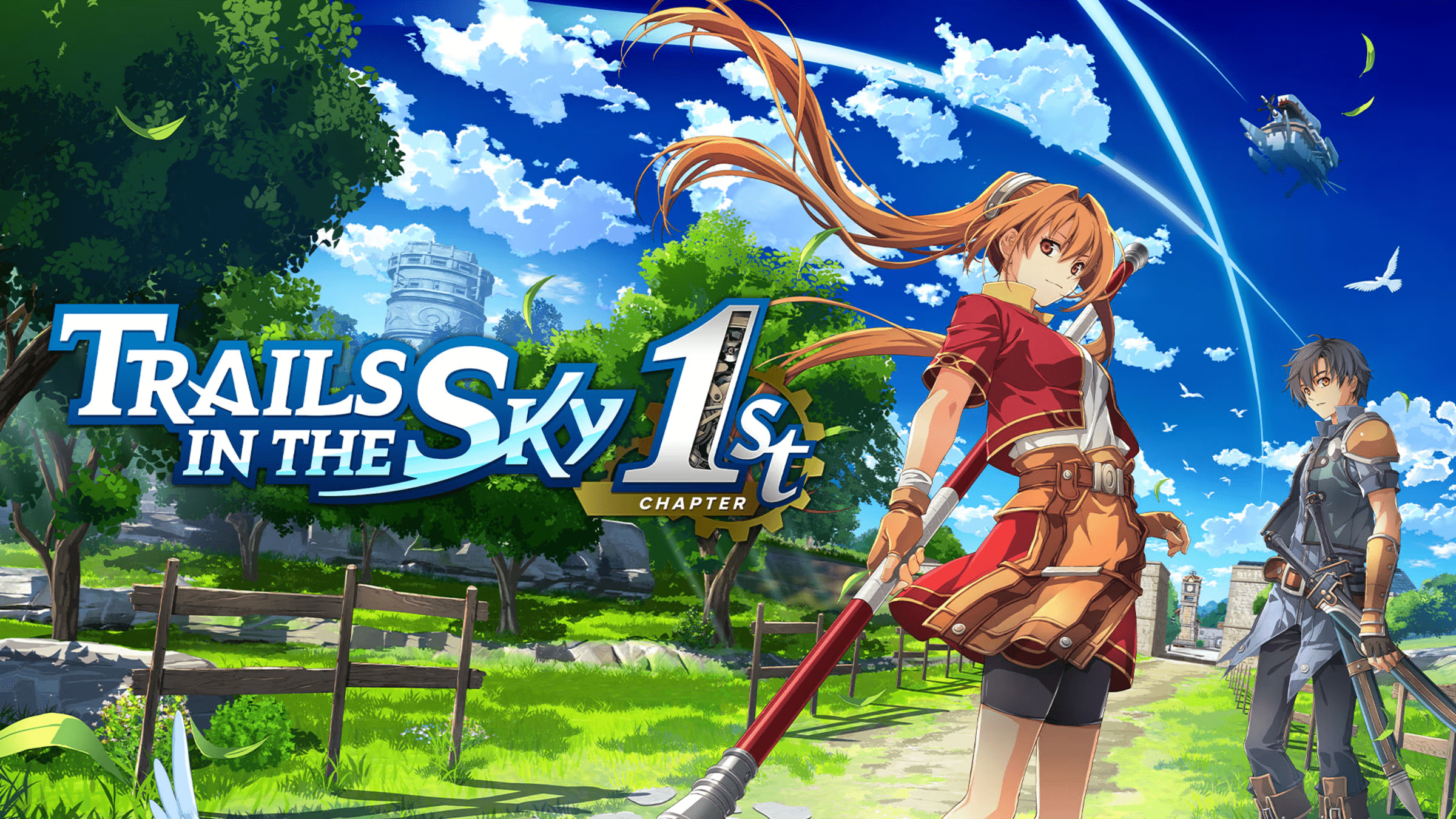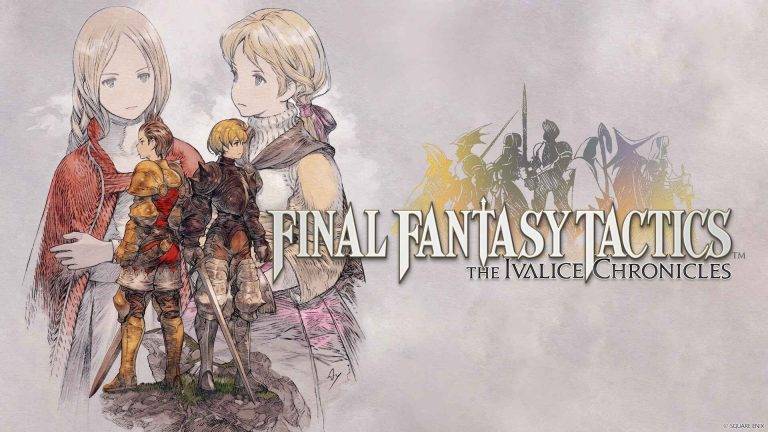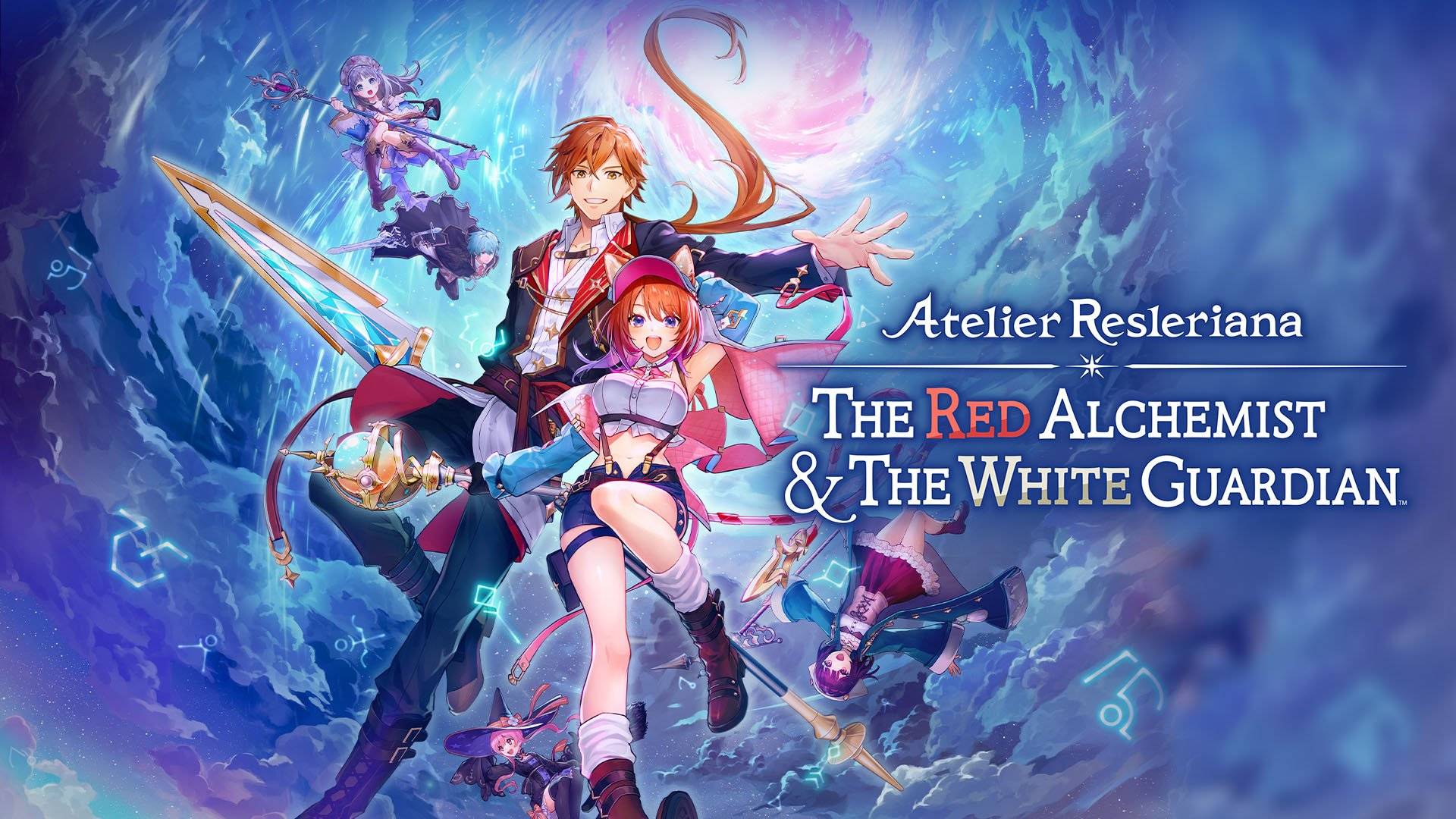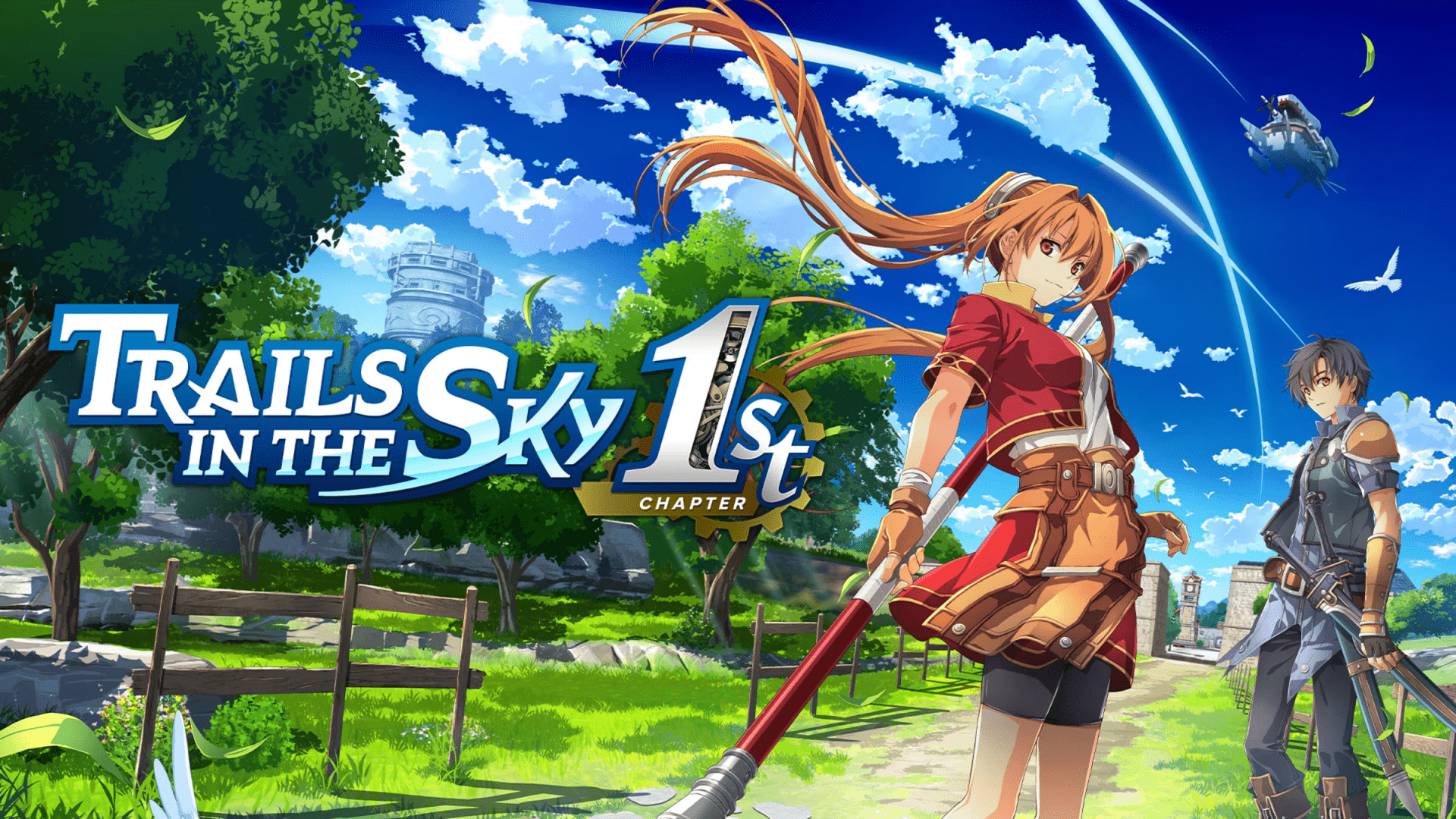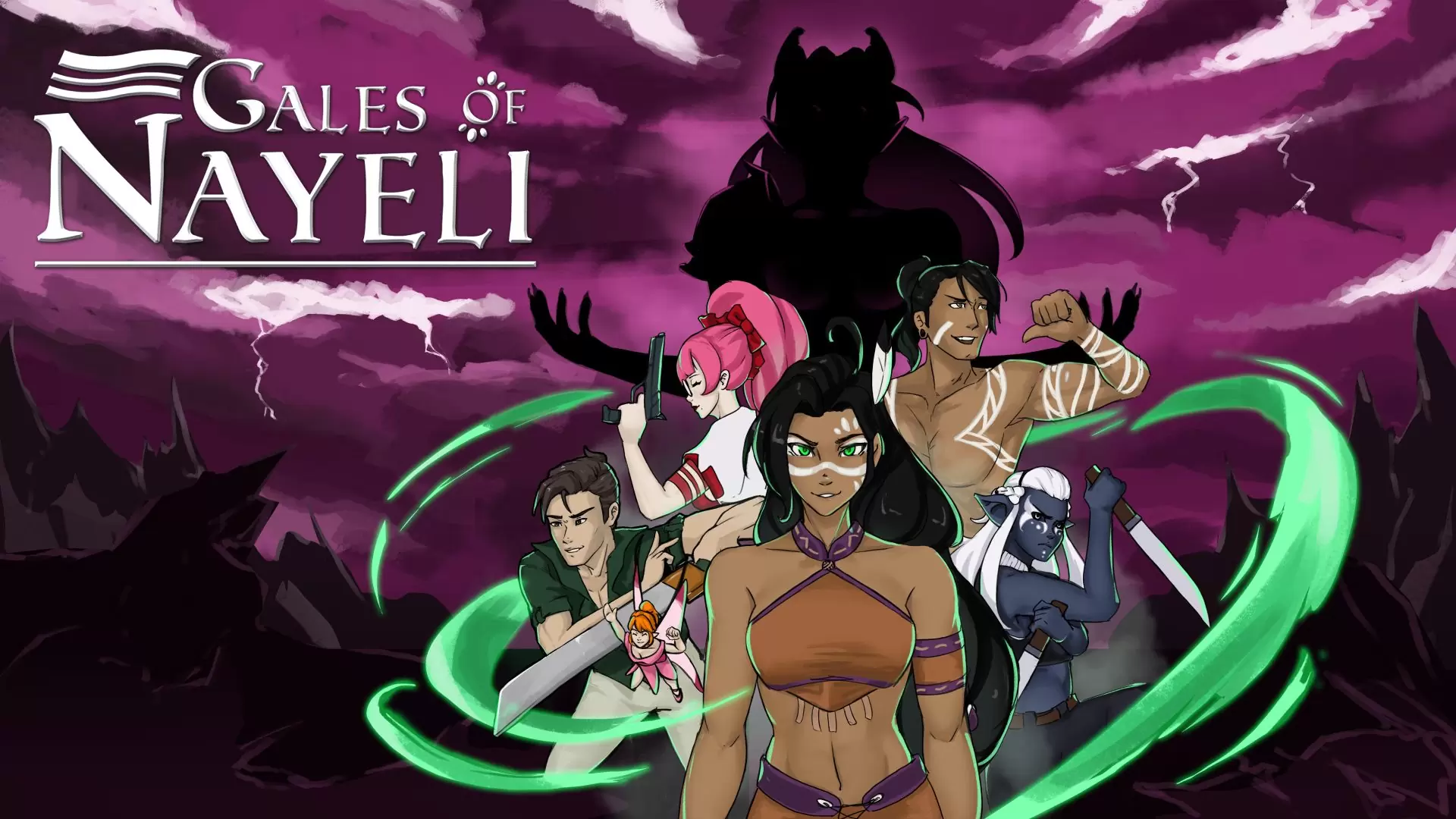A Classic Adventure Returns – Trails in the Sky 1st Chapter Review
Trails in the Sky 1st Chapter is an extremely faithful remake that retains the charm of the original game while introducing many quality of life features seen in modern game design. With fully animated cutscenes, battle animations and voice acting, it’s the definitive way to play the game and get into the Trails (Kiseki) series.
The best way to describe the Trails series is that it’s the comfort food of JRPGs. You play as Joshua and Estelle Bright, junior bracers in the country of Liberl. The Bracer Guild is an organization that does jobs for its clients. In general they focus on protecting innocent people. The Bracer Guild is often at ends with the army and the police who have different ideologies.
Without revealing spoilers, Estelle and Joshua explore the country of Liberl doing jobs for a wide variety of clients in order to attain senior bracer status. The jobs range from slaying monsters, escorting clients to different cities, solving robberies, to even fixing a hotspring. It’s a fun slice of life kind of game focused on Joshua and Estelle’s character growth. As you can imagine Joshua and Estelle meet many colorful characters along the way and end up enthralled in a greater plot like many JRPGs do.
What sets Trails apart from other JRPGs is that it boasts a huge cast of characters as well as very intricate worldbuilding across a long line of games. It’s nothing to get stressed over, as this game is a remake of the first game, Trails in the Sky. and is a perfect entry point in the franchise. The phrase “perfect entry into the series” has become a meme at this point with people recommending almost any of the games as good entry points. The later Trails games have so many characters that it turns into the Avengers of JRPGs but this game is the first and is genuinely the best place to start.
If you want to get real technical though, Trails in the Sky is part of a larger franchise called The Legend of Heroes and the series does have many older games that predate it, but many of these games are very old PC-9801 available only in Japanese that I wouldn’t necessarily recommend to the general public. Though I will admit I do love the older Ys, Dragon Slayer and Xanadu games like you wouldn’t believe. These games are almost a half of century old at this point. In short though Trails in the Sky 1 is a great entry point.
I call Trails the comfort food of JRPGs because the plot of the games can be a bit simple at times. The story can be a tad too drawn out at times, and the payoffs can sometimes be boring where villains are too frequently redeemed and the heroes always win. After playing a few games in the Trails series you somewhat know what to expect for all of the games.
One could even call it the “fast food” of JRPGs because many sequels in the Trails franchise recycle a lot of content even compared to similar companies who recycles a lot of content between their games such as Sega’s Like A Dragon series and Compile Heart’s Neptunia series. Games in the same “arc” in the Trails series often recycle many cities, dungeons, monsters, and even bosses by using dream sequences and every plot device you can think of, to the point where the games feel repetitive and storylines lack payoff until you get to the next arc in the series which is generally the next gaming generation.
The game does lean very heavily into its anime aesthetic, to the point where it plays like a shōnen manga but as a video game. Characters would often be waving swords and casting spells – that’s not to say that there’s anything wrong with that but if you enjoy a nice shōnen story along with ranking systems and power levels this game will definitely be up your alley. I really enjoy how the game plays into it and seeing new characters get introduced but at the same time you can’t really expect big plot twists where characters ever die or even get punished.

I played through the original version of this game, called Trails in the Sky FC (First Chapter), many times on the PSP as well as on PC via its Steam release. I’m sure many current fans of the series have played the original game as well. Even though I knew the plot of the game already I really enjoyed seeing the story scenes with fully remade from the ground up graphics. If you’ve played these games already I think you’d feel the same way.
The graphics aren’t technically impressive but the art direction is top notch and captures the essence of the characters and the world. The graphics have evolved past the earlier Trails of Cold Steel games which had very blocky graphics. This remake feels a lot more substantial than, say, Metal Gear Solid 3 and its Metal Gear Delta release which had minimal graphical improvement.
Don’t get me wrong, the original Trails in the Sky trilogy of games had really unique character graphics. Similar to the old Donkey Kong Country games the artists made 3D models of the characters but turned them into images to make them into 2D pictures and they did that for every frame of animation. This was done in the mid 2000’s which was significantly later than most games did this practice but the characters ended up looking extremely unique compared to most other games. The proportions of the characters were not realistic at all and you’d call it a “chibi” art style or an exaggerated cute anime style.
I do miss this old style graphics (as well as the original 2D character portraits which were extremely unique and expressive) but the characters are significantly more standardized now and in line with what you’d expect from modern video games.

The remade game now looks very similar to modern Trails games such as Trails into Daybreak 1 & 2. It was a real treat seeing characters who were only in the original games now fully modelled in 3D.
For instance, we’re used to seeing Tita because she appears in many modern Trails games but it was really neat seeing Professor Russell for the first time with a full character model. The old games had isometric fixed background angles which have now of course been changed into regular 3D environments to explore with fully rotatable cameras. I had a bit of trouble visualizing some scenes in the original game but with this remake it presents its cutscenes like it’s a regular game or movie.
It was a real treat seeing all the cutscenes fully animated. Granted, Trails games, even the recent Trails into Daybreak 1 & 2 don’t always have the fanciest or best choreographed cutscenes but the most impactful cutscenes to the story are animated really well in this remake. The spells and crafts (skills) in battle are now fully animated and look really well made even compared to modern JRPGs.
The spells look like regular spells like any game, but the crafts are skills unique to each character and it’s fun to watch the character animations. For instance you can watch Scherazard whipping enemies senseless or Agate slashing enemies with a giant sword. They’re really well made to fit the style of each character they’re animating.

I played through this game with its English dub and the voices are very well directed. I really liked Agate’s voice acting in particular who was voiced by Ben Pronsky. It was nice seeing his character brought to life with voice acting. Many of the characters interactions such as those between Estelle and Joshua as well as Agate and Tita sound great. The original game didn’t have many voiced lines – it was done only for only combat lines but there wasn’t voice acting for narrative cutscenes.
This game has voice acting for the most important scenes in the game, namely the beginning and ending to chapters and sometimes when new characters are introduced. Unfortunately it does have the issue like older Trails games where “one character is voiced in a cutscene and all the other characters are unvoiced”. This issue doesn’t prop up as much as it did in the Cold Steel games but you do see it time to time such as one early scene with Professor Alba and Estelle that only had Professor Alba with voice acting. Though the scene just before that introduces them does have full voice acting.

Over the course of the game you collect elemental shards called quartz. These can be combined and equipped to characters depending on the element. For instance, fire quartz would be used for fire spells and also increasing attack (and weakening your defense). Whereas wind quartz would be used for wind spells and evasion. It’s generally easy to use and you can build your characters however you want.
Certain characters will have different stats and different elements of quartz available to use, meaning not all characters will be equal and you would likely want to play into their innate strengths but in general the game is easy and you can make your characters however you want. Spells cost EP which can be restored by resting or by using potions.
Characters have skills called crafts unique to each character. They cost Craft Points (CP) which is restored automatically by attacking enemies in battle. Characters also have an ultimate move Super Crafts (S Crafts) which can be used when a character has 100+ CP, but if you reach the maximum amount of 200 CP for a character and use it it would be powered up even further.
You level up characters by fighting enemies and bosses but Trails games have a leveling system where you can more experience based on how great the difference between your party’s levels compared to the enemy level. It just means that if you’re underleveled you’ll gain massive experience to quickly reach the enemy level so you don’t have to grind at all if you don’t want to. The opposite is true as well – if you keep grinding you’ll keep getting diminishing experience for each fight and you can’t easily outlevel enemies.
You buy new equipment from shops as you progress to new areas of the game. Currency is given from completing the main story, side quests, treasure chests and enemy drops. Equipment can be upgraded by finding U-materials, dropped by enemies, found in chests or given through other rewards. Equipment can be upgraded or crafted sometimes with the use of monster drops. as well The crafting and upgrading system isn’t really that fleshed out and it’s just a linear upgrade path to increase your equipment stats once or twice before you buy the next weapon in the next city over but it’s a nice bonus to have if you want to optimize your characters.
The combat system has also been revamped to be more similar to that seen in Trails into Daybreak. It’s still turn-based JRPG combat with the standard levels, stats and equipment system you’d see in any contemporary JRPG, but it also has an action combat system as well where you can slash and dodge enemy attacks in real time. The enemies are all on-screen encounters you can choose to attack or avoid. When you start combat you can attack the enemies in real time and defeat them that way, or choose to switch to turn-based combat after weakening the enemies a bit.
I’m not certain if Trails into Daybreak was the very first game to implement this kind of combination of action and turn-based combat but I’d definitely say it was the first to popularize it when it was released in Japan in 2021. Metaphor ReFantazio, released in 2024, had a very similar gameplay system where you would find enemies on-screen to weaken them and then the player could attack them in real-time combat or switch to turn-based combat. It’s a great hybrid system where you can choose how to fight enemies however you want and I’d enjoy seeing it implemented in more JRPGs in the future.
One big quality of life improvement is that you can immediately see what enemies are weak to and it highlights it in your menu. For instance if you had a fire spell available it would highlight it in the menu to indicate that the enemy is weak to it. This is in contrast to the old games you had to figure it out and switch between menus to see what the enemy is weak to. I suppose one could argue it makes the game too easy but it is a quality of life improvement found in most games nowadays and I don’t think that the challenge of the game was ever one of its highlights.
The new visuals also structure the world better. In general I barely saw loading screens. In older Trails games the cities, fields and dungeons had to be different zones with loading screens. In the most egregious cases a large urban city would have to be split into multiple zones as well. In this remake the world feels much more connected, such as being able to see the city and a field full of enemies on the same screen due to technological advances. There’s still loading screens for certain areas and cutscenes but the world plays a lot more interconnected than before with most cities and towns being connected directly to the fields and highways.

The game implements a teleport system, which lets you teleport to any important shop, city, dungeon or field entrance once you’ve been there once. Another quality of life enhancement is shops being color coded such as red shops containing new items you haven’t seen yet, an indicator that the shop’s inventory was updated so you don’t have to manually check for new inventory every other hour.
One big addition is the addition of map markers for subevents. Some of these are for collectible books which required you to talk to an NPC in, for instance, a faraway city at a very specific time that you really wouldn’t normally do unless you read a guide. These books would then be used to get characters’ ultimate weapons, meaning they were actually a fairly important collectible. The addition of map markers makes it significantly easier to play the game without a guide on hand – all you need to do is just check the map for any markers to indicate subevents and side quests.
The game does have many missables due to the nature of the story and moving to different regions but as long as you do sidequests when they appear and go to the optional map markers before progressing the main story you won’t miss anything. Certain things like getting all monster entries is still very missable of course and you’d probably have to make sure to fight every type of enemy once if you’re aiming for a complete monster book.
I noticed you could achieve the maximum Bracer rank even without getting all of the BP (Bracer Points) in the game. The game does have missable BP in the form of dialog options, but they were now clearly marked with a “BP” icon on the dialog choices that differentiates them from regular flavor text dialog options, a very welcomed change. You need to pick the correct dialog option to get bonus points to cash in for extra rewards but you can save and reload any time in the game barring cutscenes meaning you can just reload if you picked the wrong dialog option and the game generally makes it very obvious immediately after the choice if you picked the wrong option. I thought that the dialog options usually made sense to me and you would generally be choosing the option that a professional Bracer would choose like prioritizing a client’s safety for instance.
Certain flaws in the original game such as stealth missions were made substantially easier with a bigger map and making the enemies and their cones of visions easier to see.
The dungeons and fields look great but unfortunately the original game does have its flaws that still show up in this remake. Travelling through the same old towers and mines gets boring very quickly due to how often those layouts are used especially if you played the original game or any other game in the Trails series. The towers in particular are especially drab and keep appearing in every Trails game.
The music is exceptionally well done and I really enjoyed the themes playing in the cities and the fields. Some of the themes were not to my taste such as the “action” theme that would sometimes play. I found that track in particular to be a bit too grating for me.
It’s not a perfect game by any means but I had a really great time playing Trails in the Sky 1st Chapter. It really is the definitive way to play the game and even if you played the original version of the game it’s still worth a playthrough because you can now see all of the cutscenes and character crafts fully animated now. It’s much easier to visualize all of the scenes and many of the game’s impactful scenes sent chills down my spine even though I knew what was going to happen. The faults of the original game are still there such as a somewhat slow story due it being the first entry in a series and very bland dungeons but I really enjoyed all the gameplay enhancements. The voice acting is extremely well done and I enjoyed seeing all of the character interactions that I had to read and imagine before such as Tita and Agate’s interactions. This is a remake that is very faithful to the original and it’s clear the developers put a lot of work into making it a fun game to play.
Trails in the Sky First Chapter
 Our Score: Excellent
Our Score: Excellent
Pros
- Interesting cast of characters including both party members and supporting characters.
- Amazing worldbuilding such as many cities to explore.
- The game is now fully animated. Character crafts look great to see in battle.
- Many quality of life improvements making this easy to play. Doesn’t require a guide for missable content anymore.
- The game has a slow plot and the pacing is not consistent throughout.
- Although the dungeons have remade graphics the designs are still repetitive such as having many bland towers and sewers to explore.
- Does lean into anime tropes a bit too heavily at times.
– Brandon Harris
Reviewed on the PC (Steam)
Recent Posts

